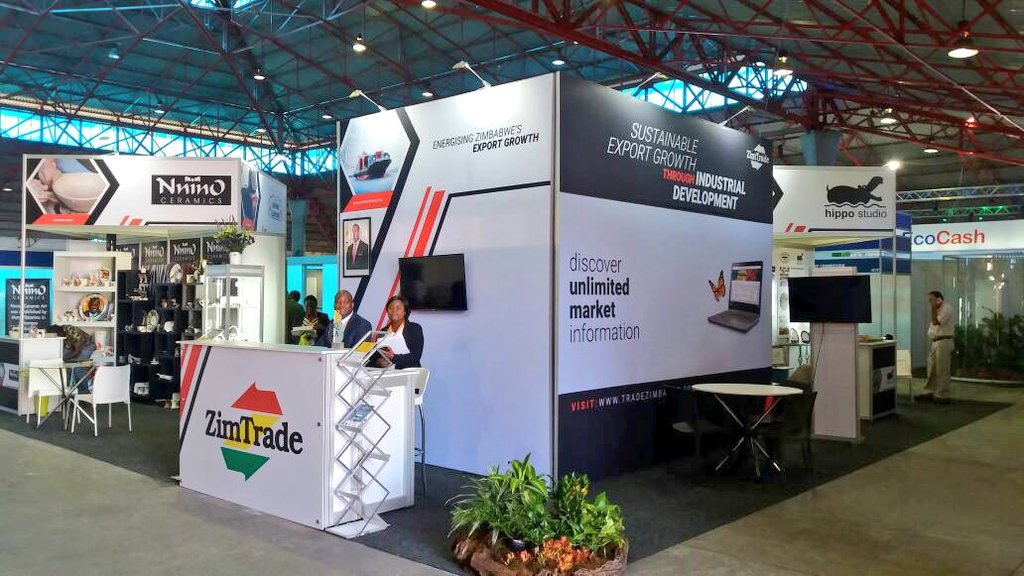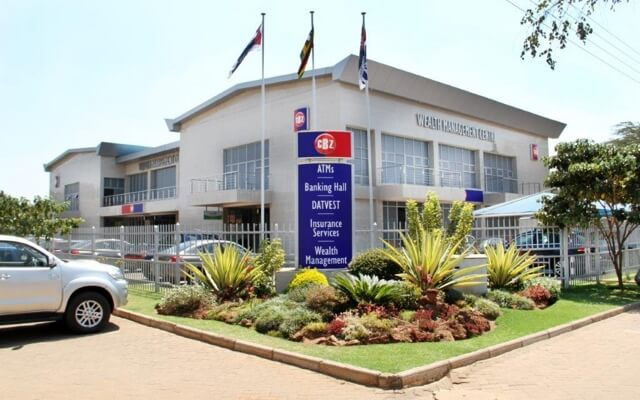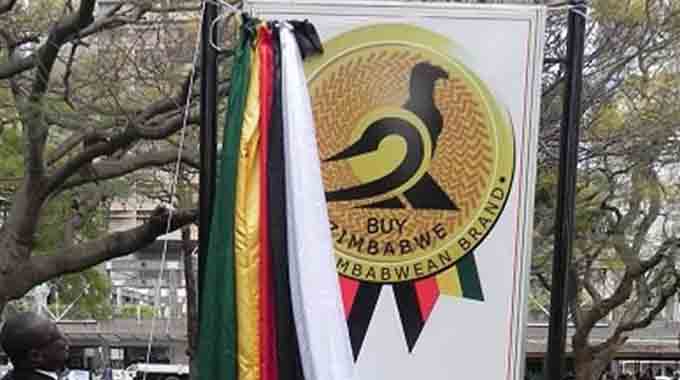Rising food prices drive Zim’s FDL
Zimbabwe’s Food Datum Line (FDL) for a single person increased by six percent to ZiG861,14 in January this year compared to ZiG805,95 in December 2024, according to the Zimbabwe National Statistics Agency (Zimstat).
The FDL represents the amount of money that an individual requires to afford a daily minimum energy intake of 2 100 calories.
In the same period, the Total Consumption Poverty Line (TCPL) also rose, reaching ZiG1 255,78 in January from ZiG1 156,67 in December 2024.
The TCPL represents the minimum total income needed for an individual to avoid being classified as poor.
“The FPL for one person in January 2025 was ZiG861,14 — this means that the minimum needs basket cost that much per person in January 2025.
“The TCPL for one person was ZiG 1 255,78 in January 2025. This means that an individual required that much to purchase both non-food and food items as at January 2025 in order not to be deemed poor,” said Zimstat.
Economic commentators, in separate interviews, attributed the increase in the single-person FDL to several factors, including rising food prices.
Consumer prices in Zimbabwe surged in January, primarily driven by increase in food and non-alcoholic beverages.
In ZiG terms (the domestic currency), monthly inflation surged to 10,5 percent in January, a significant increase from December’s rate of 3,7 percent, the ZimStat statistics show. The US dollar Consumer Price Index rose 11,5 percent in January from 0,6 percent increase in December.
Zimbabwe operates under a dual currency system, with transactions primarily conducted in foreign currency, predominantly the US dollar, alongside the local ZiG. The prevalence of foreign currency transactions is partly attributed to the high level of informality within the economy.
Some analysts argue that the Government’s crackdown on illegal imports has contributed to rising US dollar prices.
This is because the reduced supply of cheaper, illegally imported goods has led to increased demand and higher prices for existing stocks.
Further, the Government’s anti-smuggling efforts may have inadvertently driven up prices. By forcing imports through formal channels, these goods now incur duties, which are ultimately passed on to consumers in the form of higher prices.
Economic commentator Ms Wendy Mpofu said inflationary pressures, supply chain disruptions and policy changes were some of the major contributory factors to increased FDL in January.
“In my view, I would say inflationary pressures, supply chain disruptions and policy change are some of the factors contributing to an increase in the FDL for a single person.
“Zimbabwe has in recent months experienced high inflation rates leading to an increase in the cost of living, including food prices, suffice to say that the rise in FDL reflects this inflationary trend,” said Ms Mpofu.
-herald









